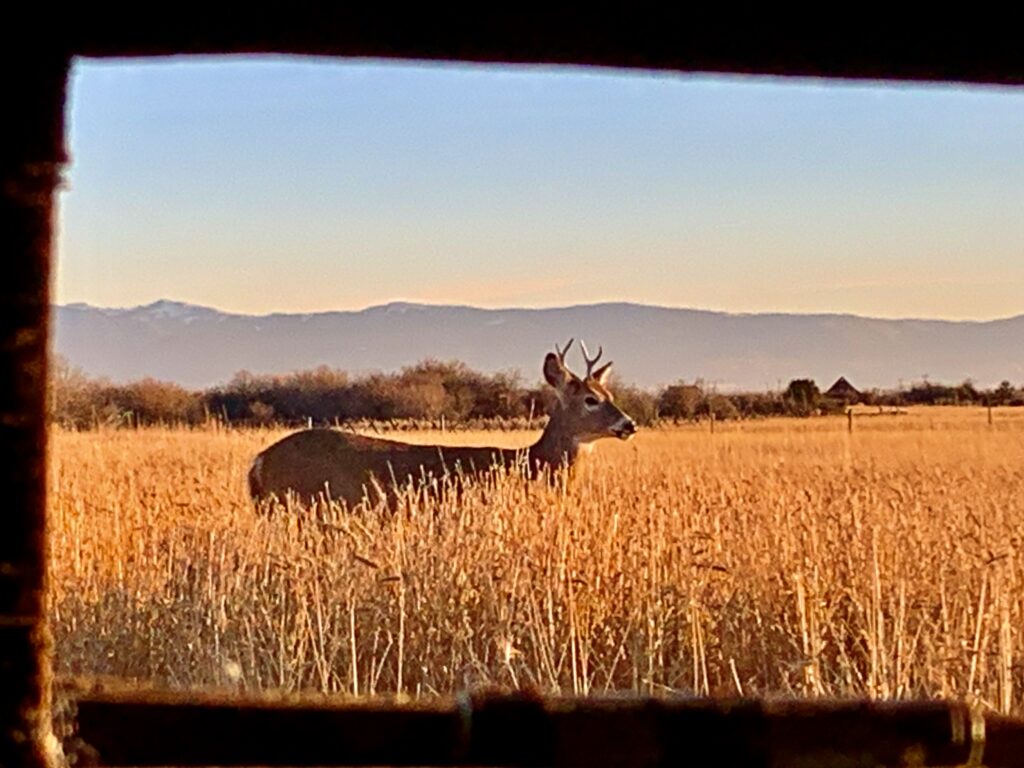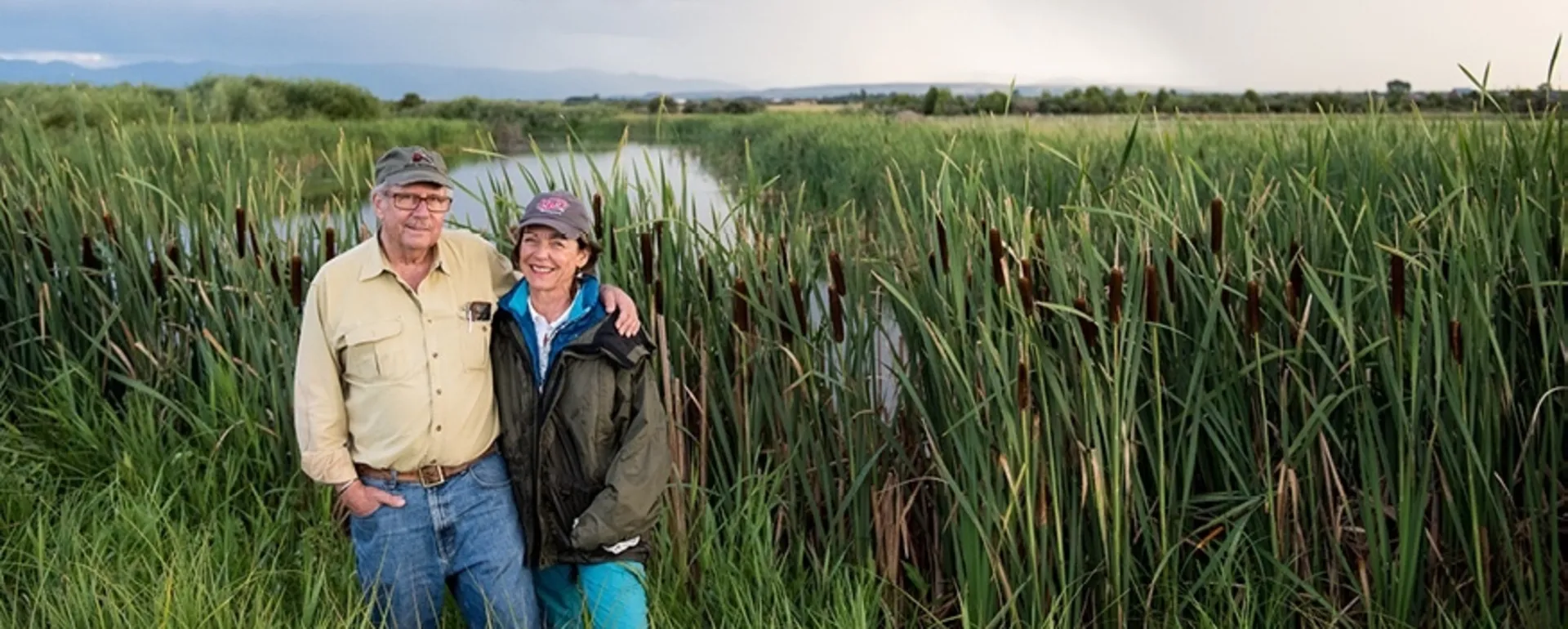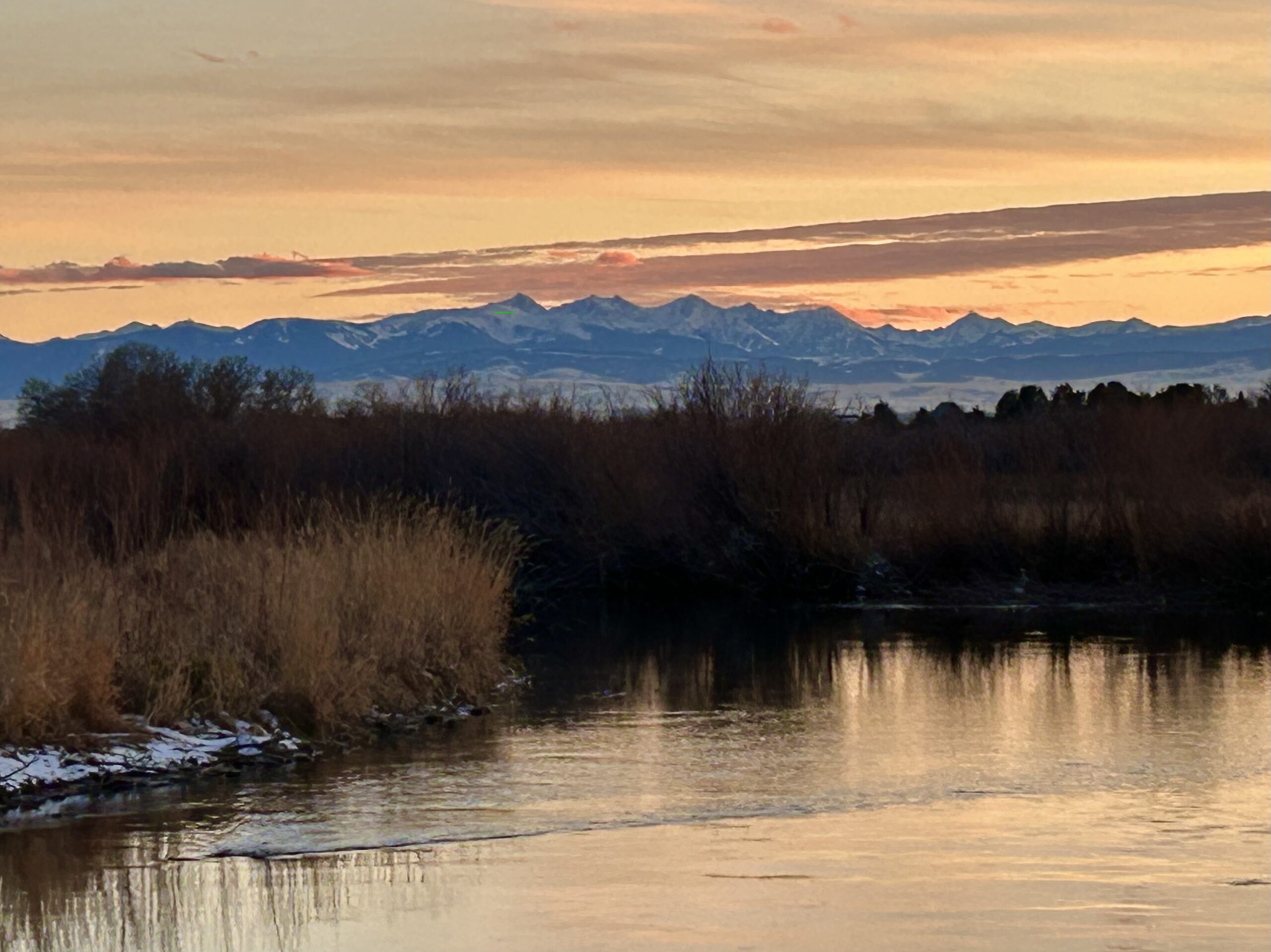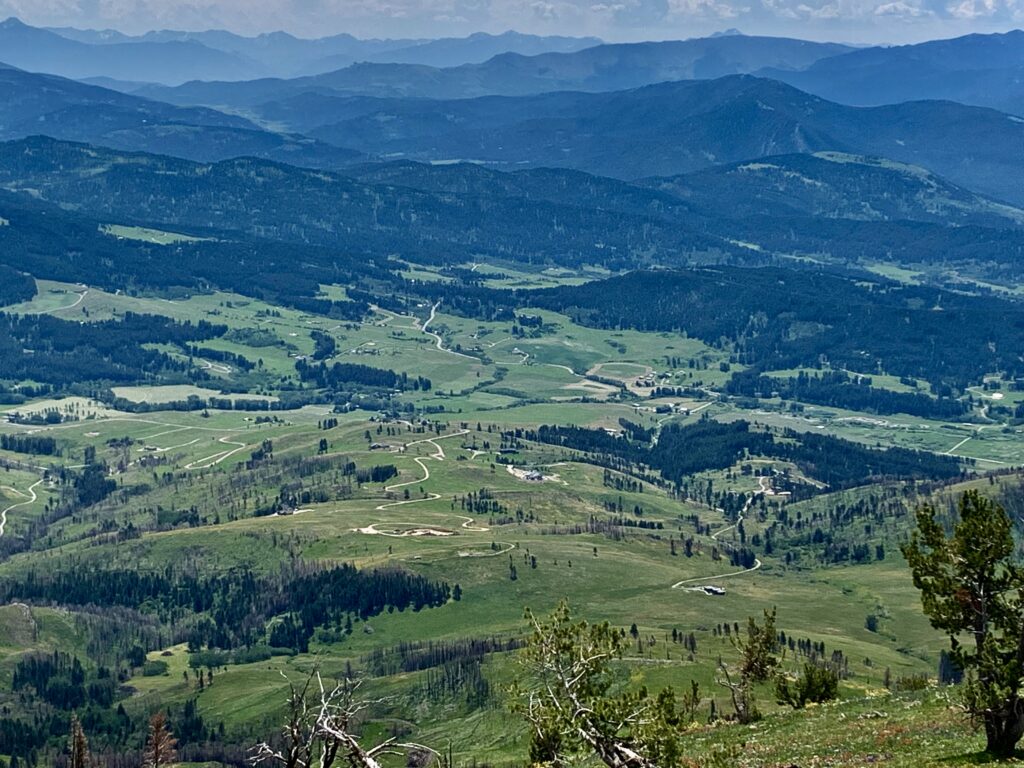by Todd Wilkinson
If you reside in the Greater Yellowstone Ecosystem or any part of America where there are still rural ranch, farm and undeveloped natural lands nearby, escape there now. In your mind.
Now, have a look at the visual prompt above and then transport yourself to a favored idyll of open space that gives you solace or a sense of relief every time you pass by it. Think of how comforting it is to not see it covered by sprawl. Try, for a moment, to empathize with its private landowners—and how they are probably utterly unaware of how grateful you are for their stewardship. Imagine the wildlife who live there or move across it, each species with its own rich life history. Some of these species are descended from ancestors who have been there for maybe thousands of years.
Are you, too, frustrated by how fast natural lands are disappearing from the hinters around you? There’s something you can do: support your local or regional land trust, each dedicated to protecting critical open spaces. Land trusts use a special tool called a conservation easement. The premise behind a conservation easement is simple:

Based on willing participants, a landowner attaches special legal wording to the property deed, voluntarily restricting the kind of development that can occur there. In exchange they receive tax breaks which for some families can be crucial for helping them stay on the land. Land trusts serve as professional intermediaries and conduits, but in order to make easements happen they need the support of citizens who believe in land protection.
Property owners in Wyoming, Montana and Idaho who have placed easements on their land hail from across the political and socio-economic spectrum. Conservation to them is not a partisan issue. It is an expression of values that will outlive them, a way to help pay forward the natural character of their communities as a gift to future generations—including future generations of wildlife.
Finding a land trust in your area is easy. Just click here on this link provided by the national Land Trust Alliance and all you have to do is type in the name of your community.
Remember: at least 80 percent of the wildlife in Greater Yellowstone use private land all or part of the year. About the lead photograph for this story, above. What you see in the foreground is actually two pieces of private land protected by conservation easements. Both landowners share the same ideals. In the foreground you see the East Gallatin River flowing through a place called Pheasant Farm, owned by Kathy Crawford and her late husband, Tim. They put all 310 acres under easement with the Gallatin Valley Land Trust and it safeguards the natural character of a stretch of the East Gallatin, wetlands and meadows. In the case of the Crawfords, their easement inspired neighbors, allowing them to savor the benefits of a shared legacy.

The second property, set just beneath the Spanish Peaks mountains and viewed in the far distance, is Ted Turner’s Flying D Ranch, most of its vast 113,000 acres protected via a conservation easement secured through The Nature Conservancy. At the time it was completed, that easement was one of the largest in the country. It stretches from the main stem of the Gallatin River on the east to the Madison River on the west, and extends from the Spanish Peaks northward into the Gallatin Valley, forming a key part of Bozeman’s viewshed (as well as being a peninsula of wildness).
Both Pheasant Farm and the Flying D are havens for native species and open space, safeguarding clean water and deriving huge perpetual public benefits. A grim truth is this: in many valleys natural lands are being lost to sprawl at a rate of for every acre protected by easement, two, three or more are being covered permanently by residential subdivisions and other kinds of development; this, on top of the footprint of sprawl that already exists. It also entombing some of the best soils in the region beneath concrete, asphalt and steel. Time is of the essence.
Those who have placed easements on their land throughout Greater Yellowstone and the Rocky Mountain West are rightly viewed as heroes. You don’t need to be a landowner, however, to protect your local sense place.
If you as a citizen want to make a difference, consider making a contribution, large or small, to your local land trust or favorite private land protection group. Finding a group is easy. Just click here on this link provided by the national Land Trust Alliance and all you have to do is type in the name of your community.







